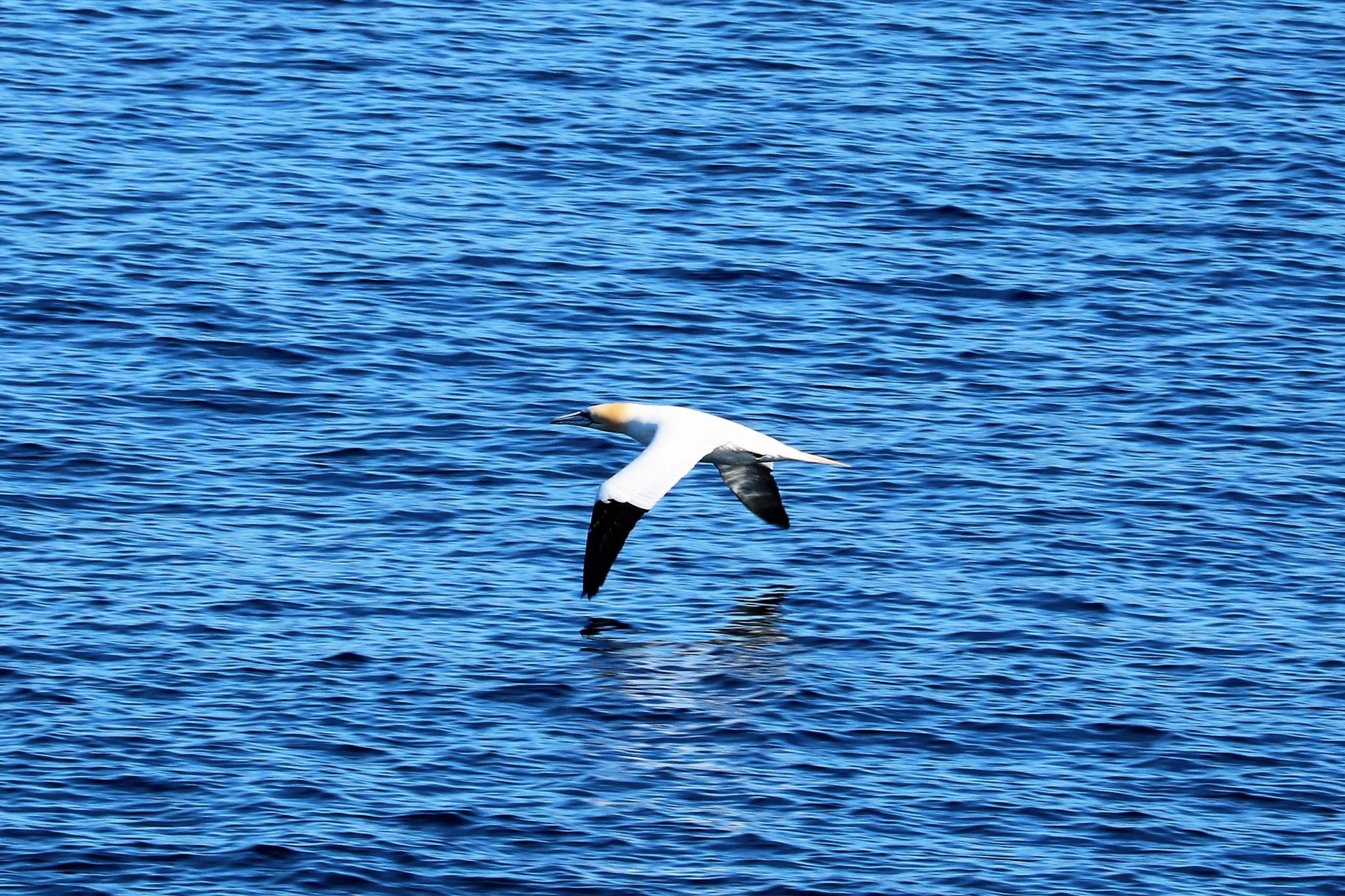
Thursday – August 9, 2018
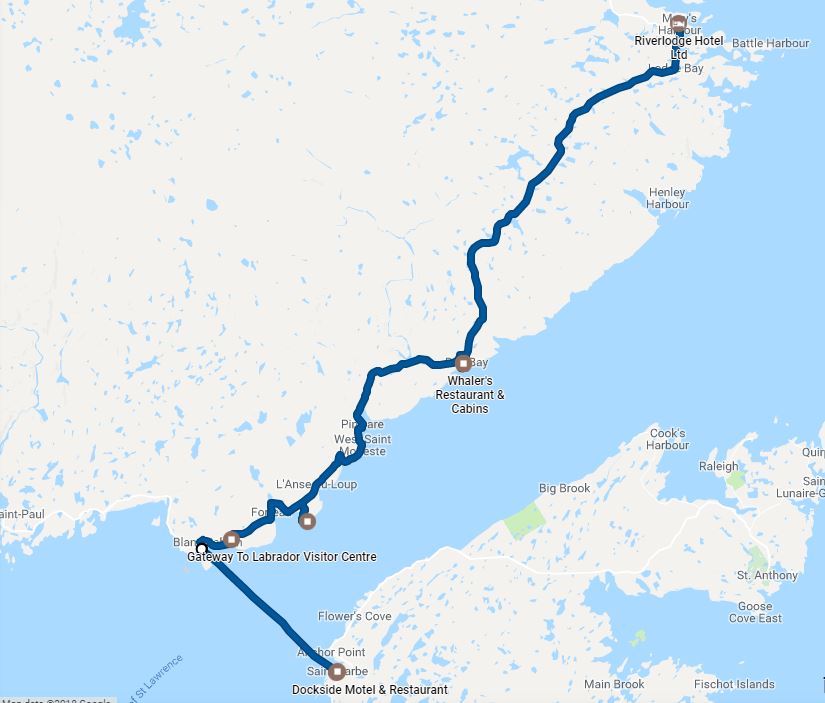
Across to Labrador – MV Apollo – Boat #3
Labrador is the northern continental part of the province of Newfoundland and Labrador. It has a very contoured coastline and a vast amount of inland forested land getting sub-artic to the north. We traveled across the Strait of Belle Isle in the Gulf of St. Lawrence from St. Barbe to Blanc Sablon on the MV Apollo. It takes about 90 minutes to travel across. The Apollo started its life with Viking Cruises in Sweden but now it is almost 50 years old. It looked a little rough around the edges but did the job and we arrived in Blanc Sablon after a pleasant sunny trip, eating our breakfast by the window along the way. This was the last year for Apollo and in 2019 passengers get a shiny new ferry.
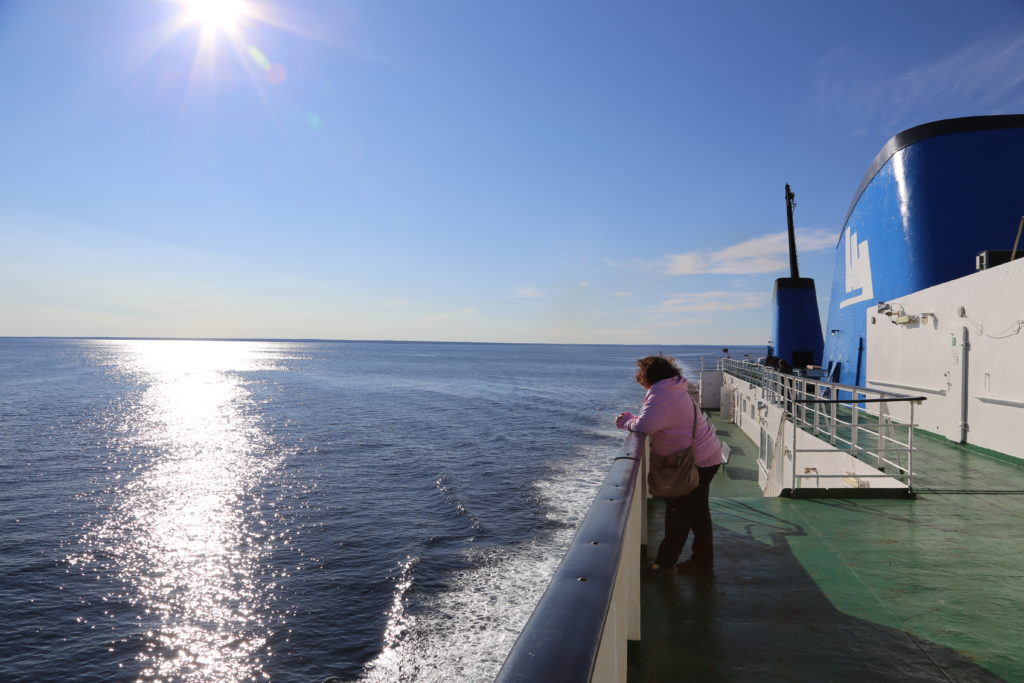
We saw many seabirds as we crossed the strait. The northern gannet is such a graceful bird and can fly very close to the water without touching it. They are bigger than you might expect with a wingspan as large as six feet.
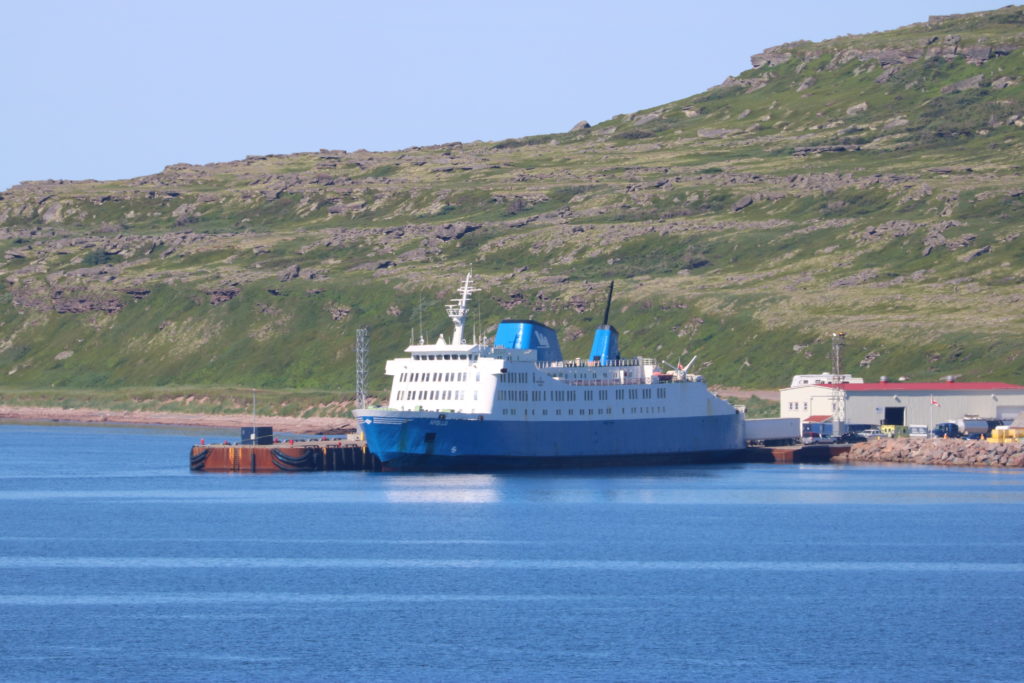
Labrador Coastal Drive
Blanc Sablon is the easternmost town in Quebec and after a short drive east you enter the “Big Land” of Labrador. We made stop at the Labrador Visitor Center in an old church and were quickly attacked by the legendary mosquitoes and flies of the region.
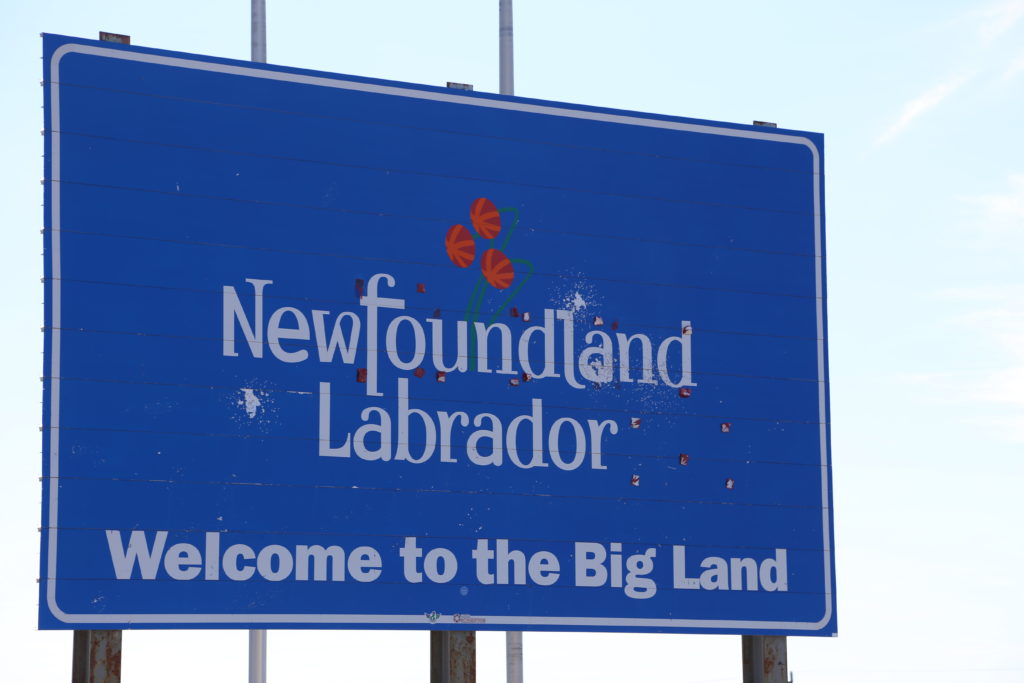
After a short visit looking at the exhibits we headed eastbound in the direction of Red Bay. The southern Labrador coast is rugged and rocky . The road seemed to want to be in harmony with the landscape as it too had a rugged and rocky character – even if it was paved. We found that a lot the road as far as Red Bay is badly in need of repair. There were a lot of potholes and some that felt like they could swallow up the car or rip the tires off. It was hard to avoid some of them without crawling along and they were sometimes deeper than you might imagine and really bone jarring. Thankfully Debbie’s new Subaru Impreza survived this and what came later.
L’Anse-Amour
We traveled to the small village of L’Anse-Amour and stopped at an 8000-year-old burial mound. It is the oldest known burial site in North America. Only one of us got out of the car to check out this archaeological treasure. It has been determined to contain the well preserved grave of a child and apparently he was placed there with great care and honor. Why? Nobody really knows. You can see it in the lower right hand of the picture looking out over the straits. When the grave was made this area was actually within a 1/4 mile of the sea. The glaciers had recently left and the over time the land rose after having been previously compressed by the weight of ice. Amazing what ice could do to the land.
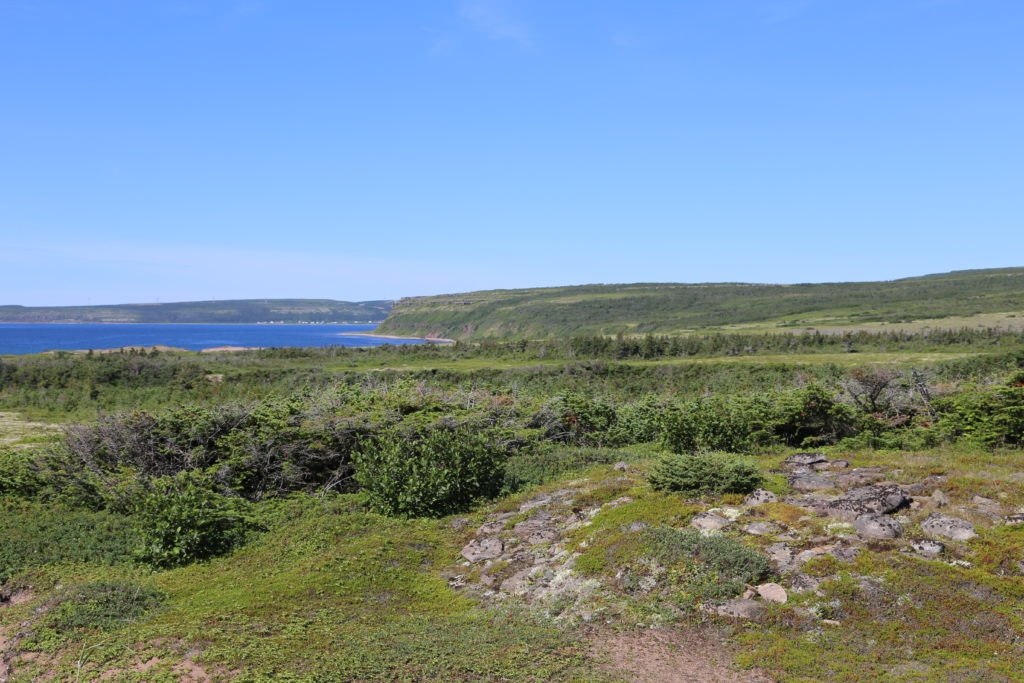
We continued to the lighthouse which is in very scenic area overlooking the water. The lighthouse of course is the prominent feature of the area and it’s very picturesque.

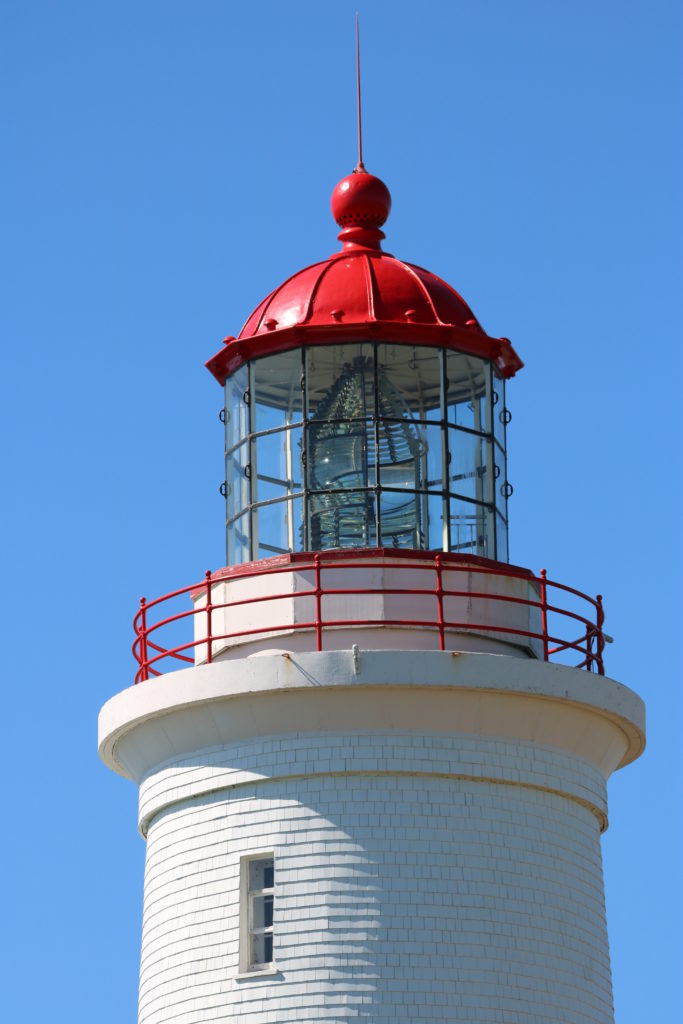
Debbie spotted a small pod of three whales that we thought were minkes. They were a good distance out in the straits, but I managed to get a picture. The new lens really helps!
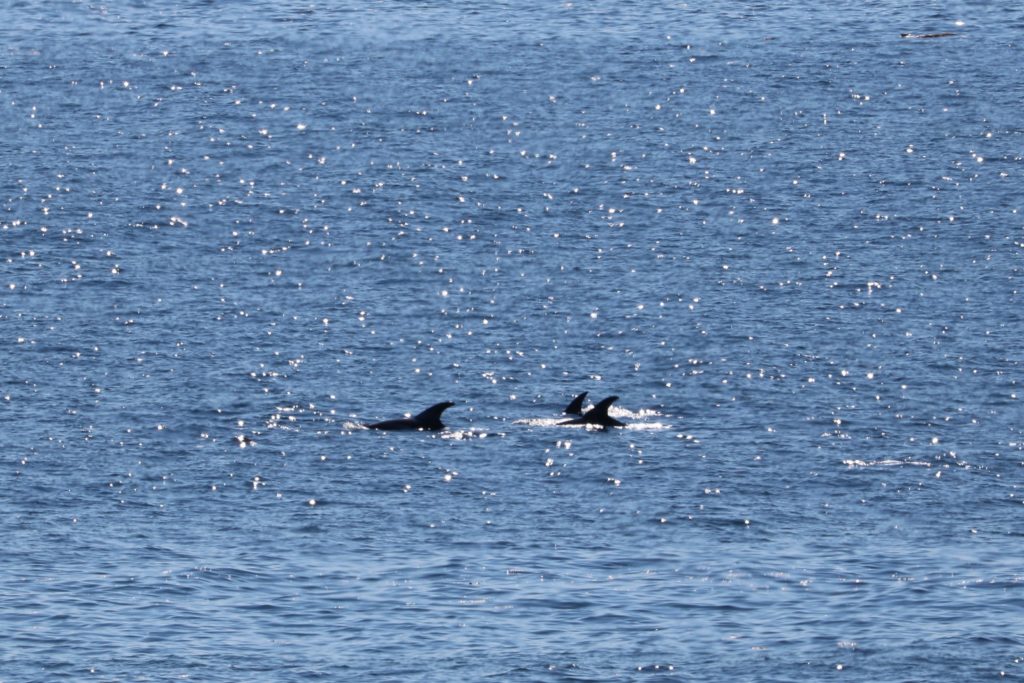
We also enjoyed the wildflowers growing there including some we don’t see much in Upstate NY. Click on one of the pictures to enlarge and scroll through only them.
We continued east and continued dodging the potholes as we traveled to Red Bay. There was striking scenery and sprawling vistas along the way.
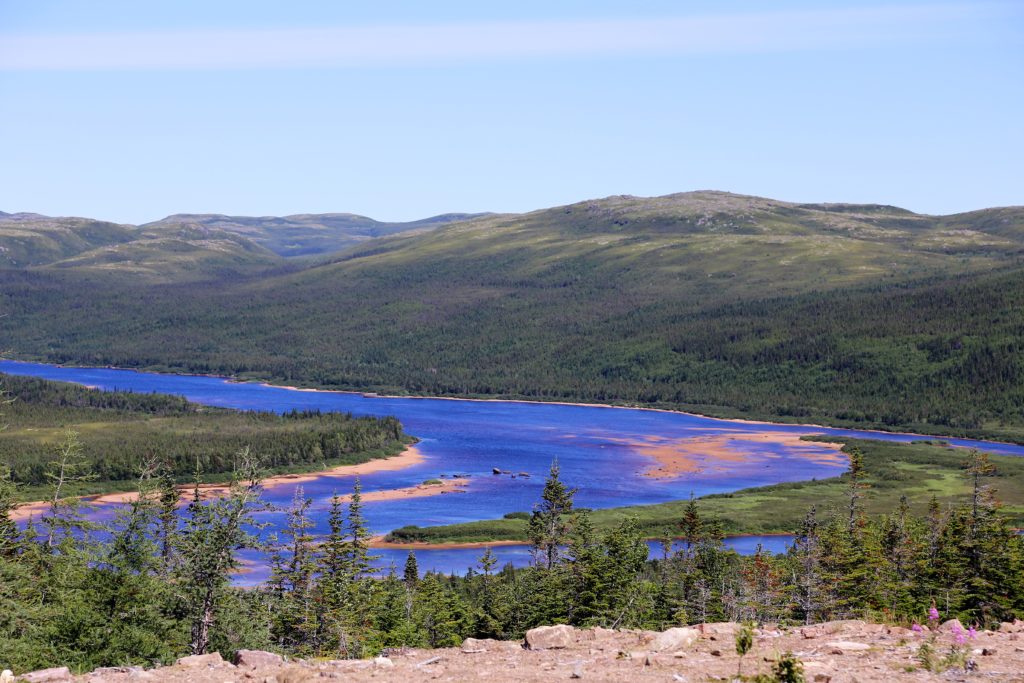
Red Bay
Basque Whaling Community
We arrived in Red Bay, and after some fish and chips for lunch, we headed to the historic site commemorating the activities of the Basque whalers. They were very active in this area in the 1600’s seeking right whales, primarily for their oil. Archaeologists have been discovering a lot about them in recent years and now this is a UNESCO world heritage site and a Parks Canada National Historic Site. There a museum with information and artifacts about the whaling history of this area.
Saddle Island
A part of the Red Bay whaling history includes Saddle Island. This is in the middle of the bay and is a short boat ride away. There is a hiking trail around the island which takes you past various sites associated with the processing of the whales. There is a colony of sea birds there and many wildflowers and berries growing. There is even a wreck and abandoned old boats.
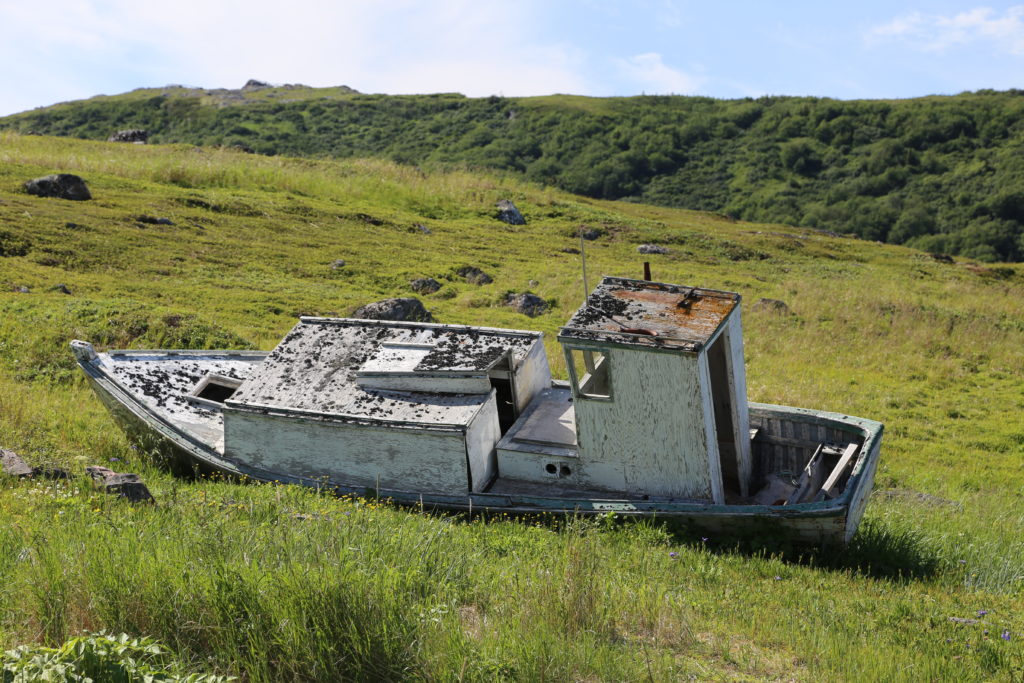
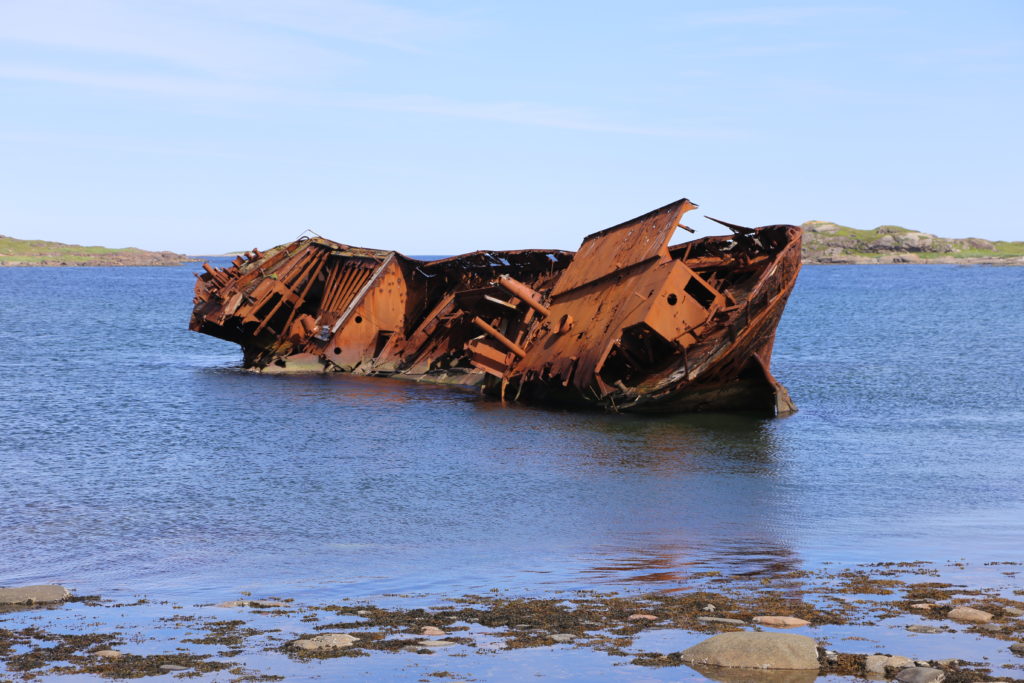
The birds were very active; flying around and making quite a bit of noise. There were broken shells around where they appeared to have picked up various types of clams and mussels and dropped them to break on the rocks.

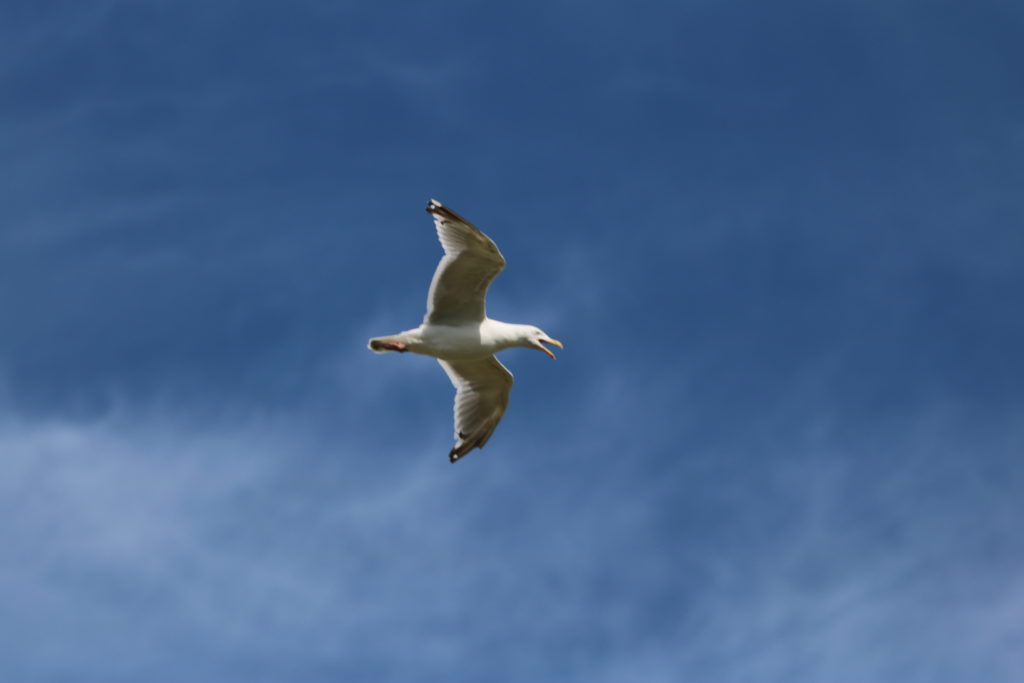
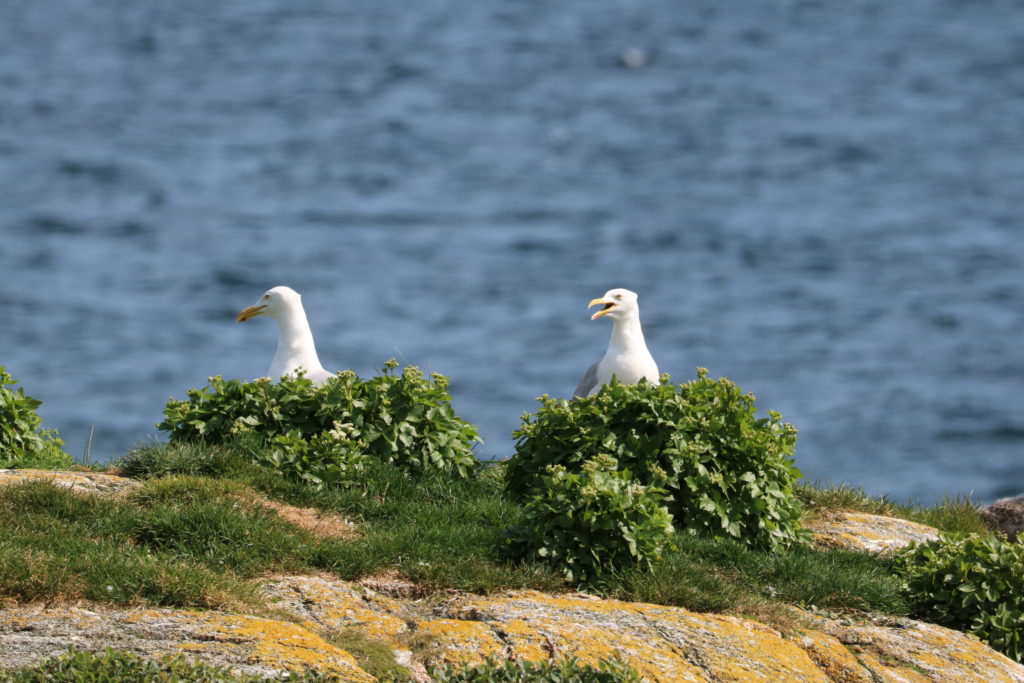
The boat trips back and forth to the island meant our 5th journey on the water.
Heading to Mary’s Harbour
We headed eastward toward Mary’s Harbour which was our gateway to Battle Harbour. The road was in excellent condition as we headed that way. It was recently upgraded from a gravel to paved road. Until not long ago there was no road to Mary’s Harbour and other places along the eastern coast. You had to get there by air or sea. There were a series of utility poles lying on the ground as we traveled. This is for fiber optic cables which would become the first ever land communication links for the southern coast communities to the rest of Labrador and Newfoundland. We later discovered how badly these upgrades are needed.
We were driving and saw in the distance what appeared to be some kind dog along the edge of the road. We stopped, and this arctic fox comes up alongside and sits down. He just looked at us and I guess he wanted a handout but got nothing from us.
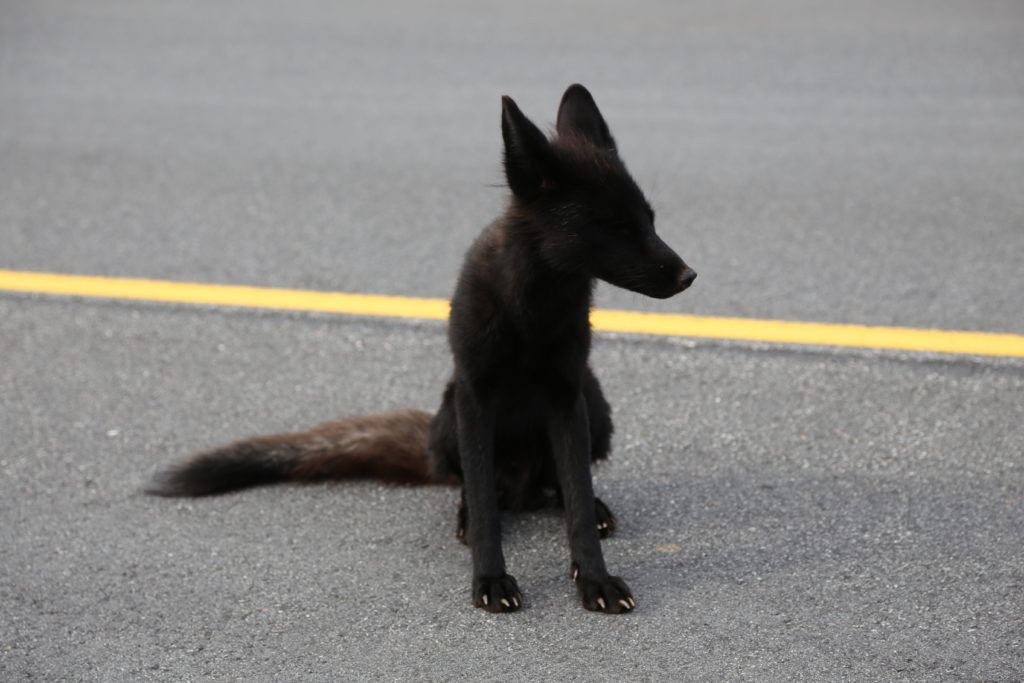
We ended up at the Riverlodge Hotel and it is the only hotel in Mary’s Harbour. The flaky internet meant they had trouble running credit cards when we were checking into the place – cash works too! They did have a restaurant there and it was still open, so we managed to get some dinner. We chatted a little with a couple RCMP officers about the road going to Goose Bay. We saw our second beggar of the day while eating. This one was a large seagull who kept tapping on the sliding glass door to let us know he demanded some food. I suggested to the RCMP guys that they arrest him for vagrancy and they informed us the bird was well known for his begging. Debbie had some leftover cod, so he got a bite. We were enabling his rude behavior.
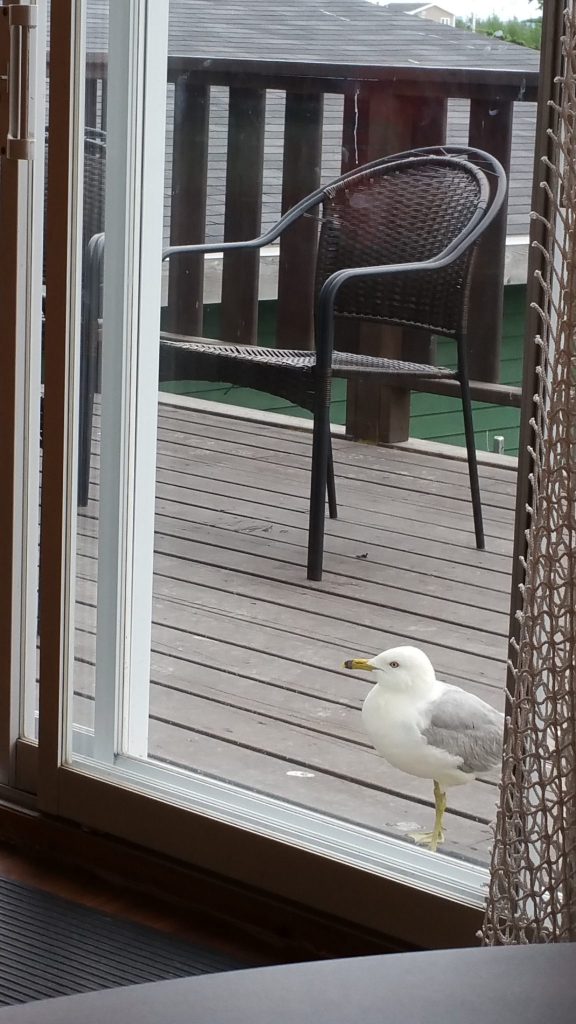
Today we drove 100 miles over 3 hours and 55 minutes for a trip total of 2089 miles. We added three more boat rides of 23 miles for a total of five trips. The water total is now at 400 miles and 19 hours.
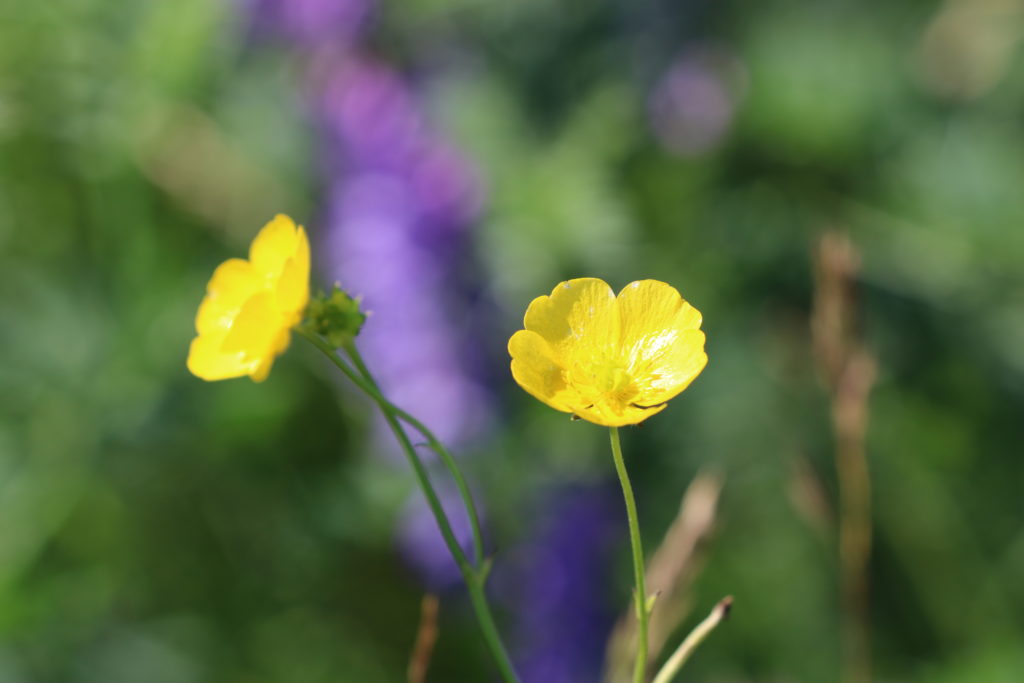
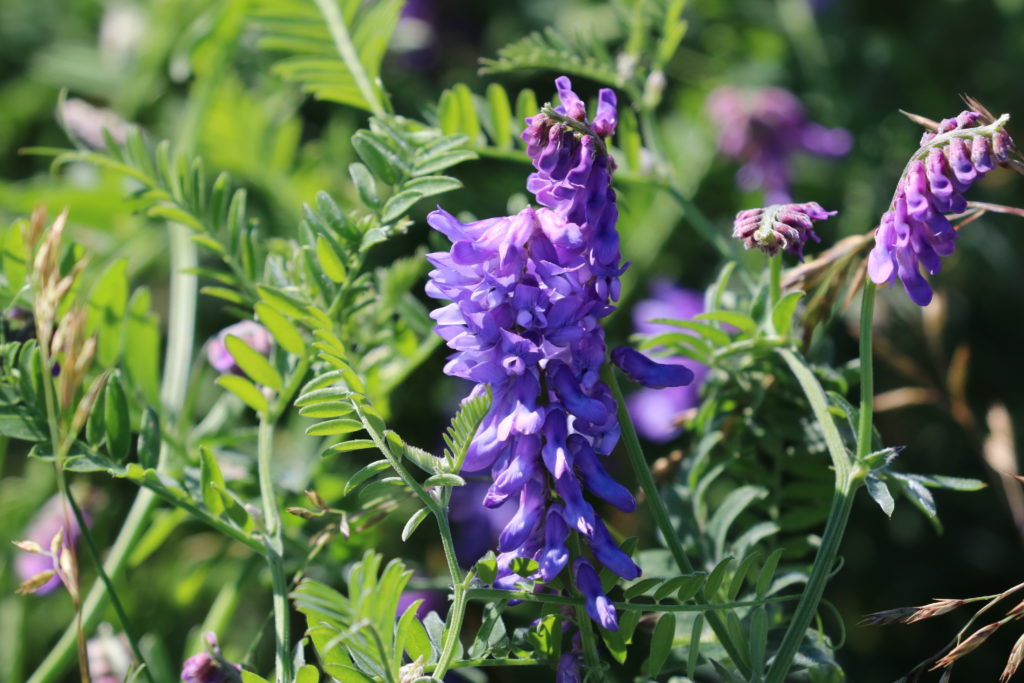
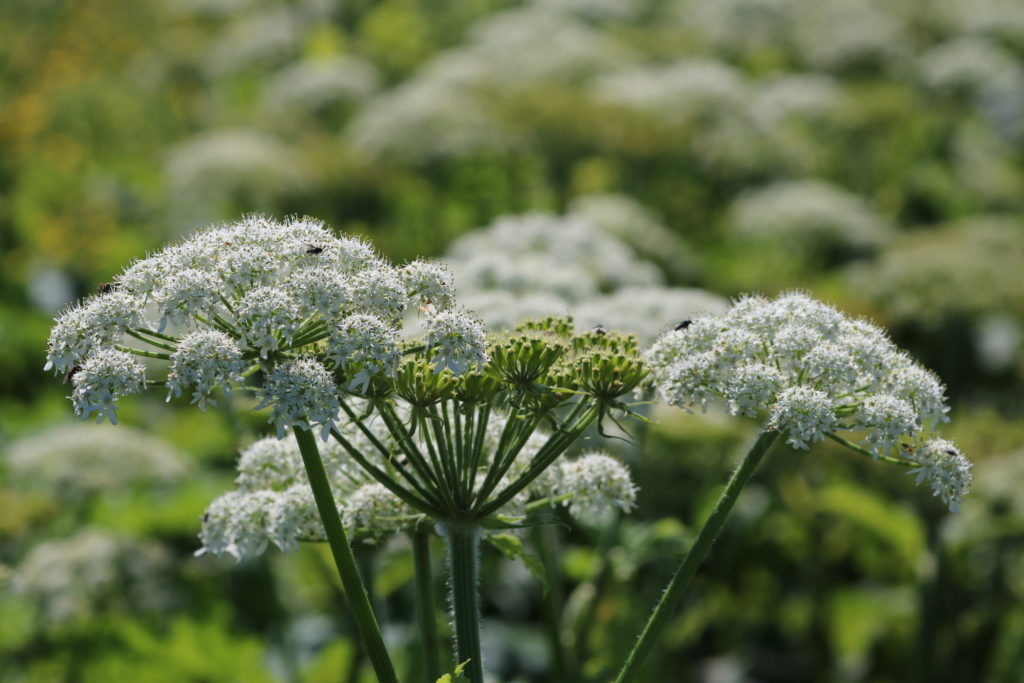
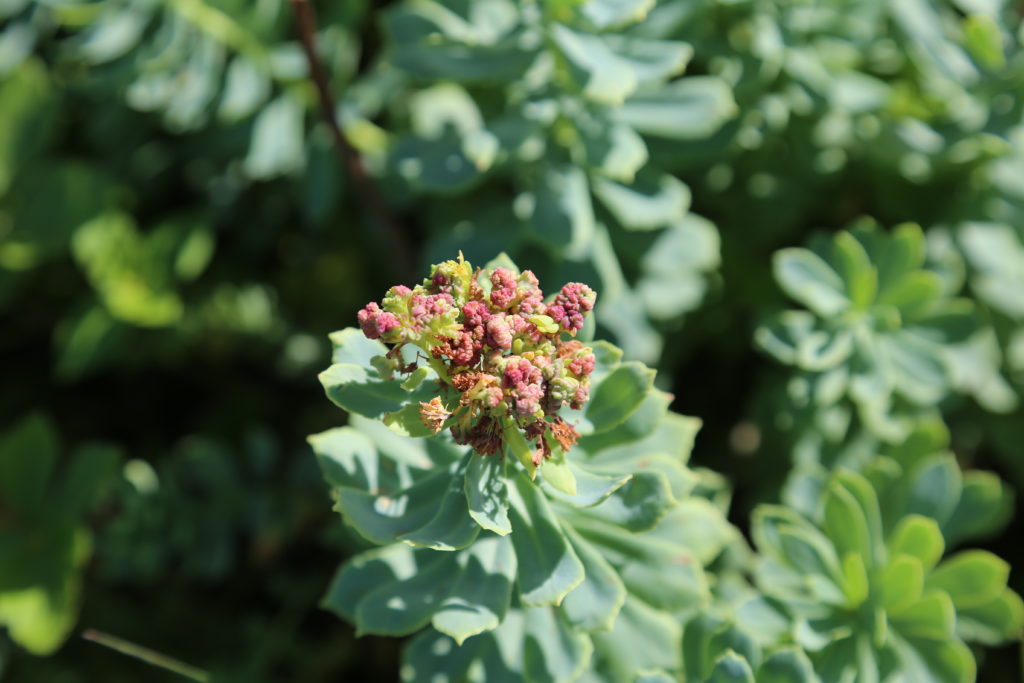
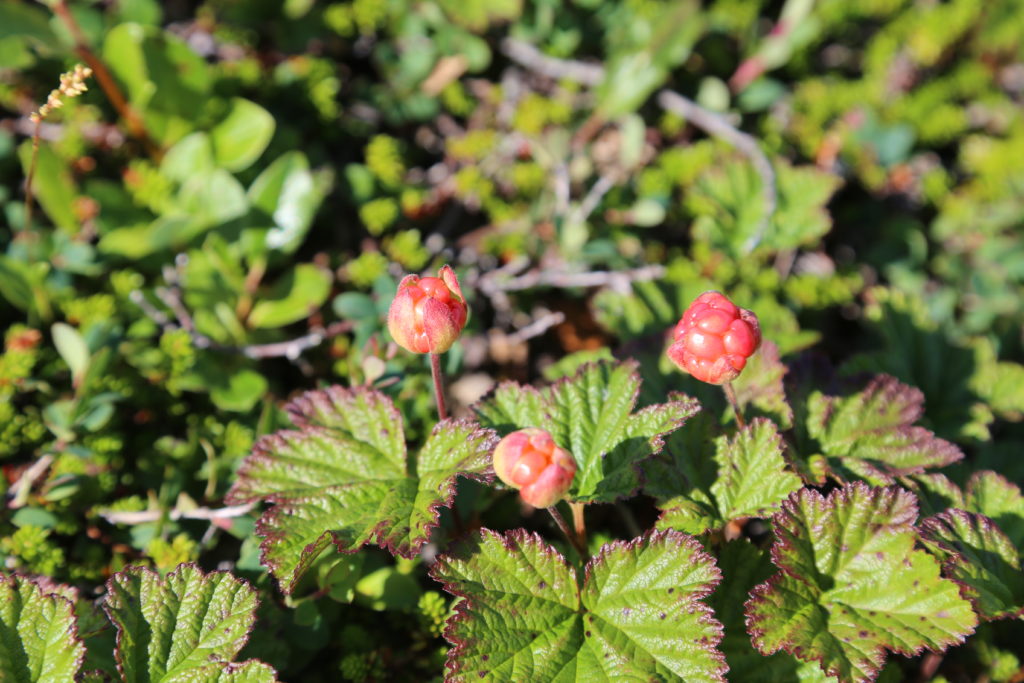
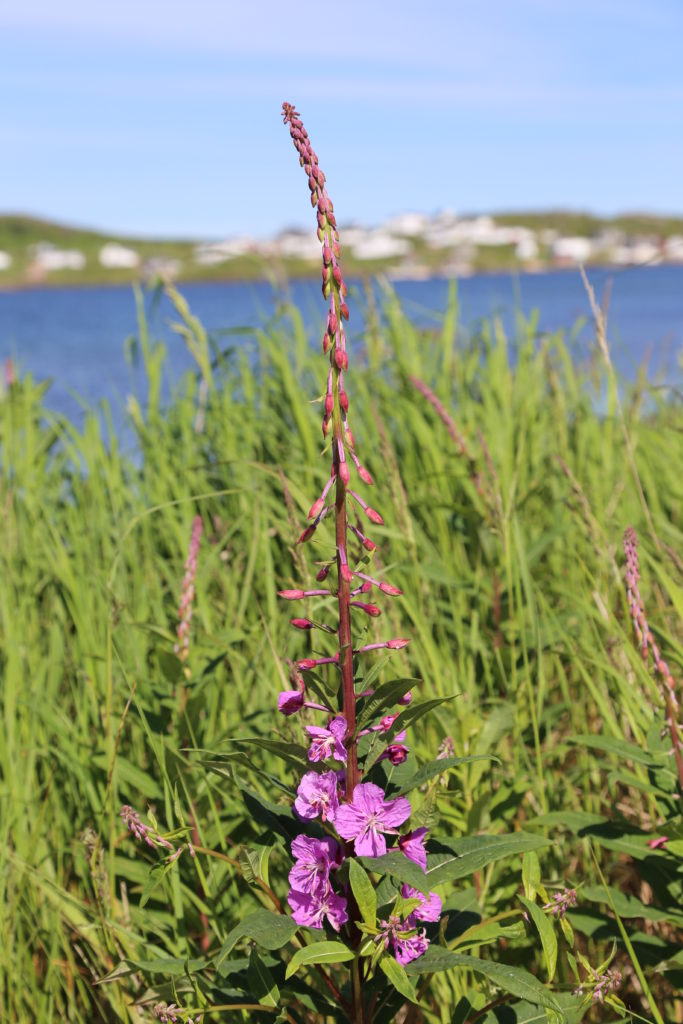
I had a few chuckles at this entry. Striking scenery, and striking potholes!
The animals made me smile too. We’re all of us just doing what we need to do to survive.